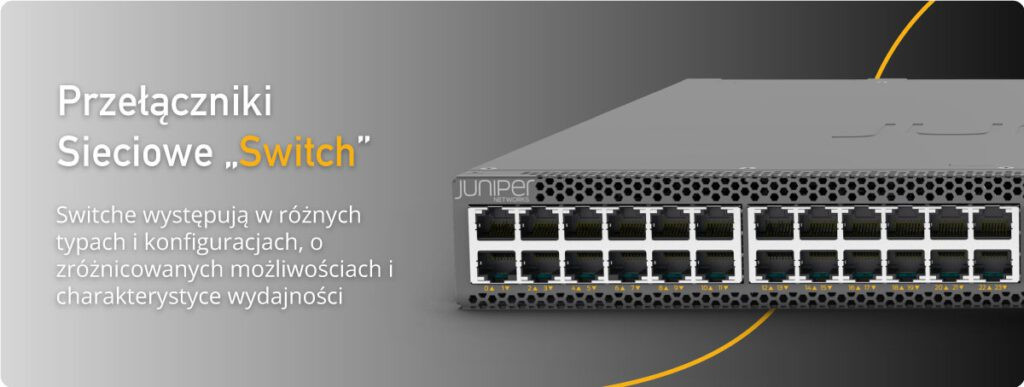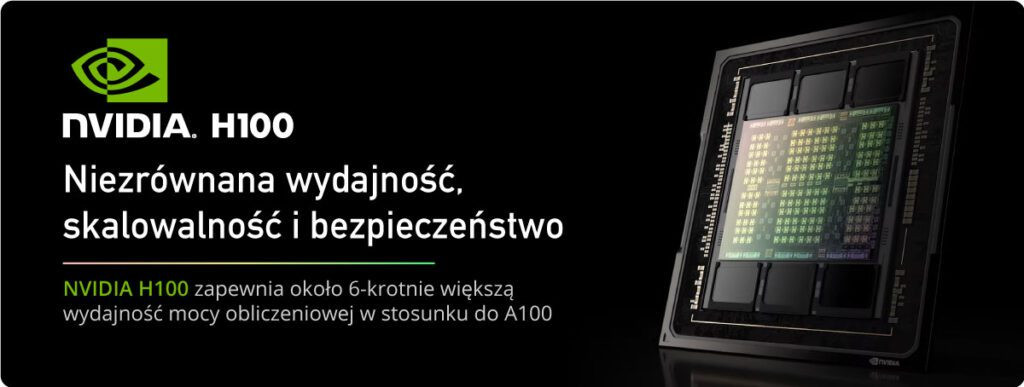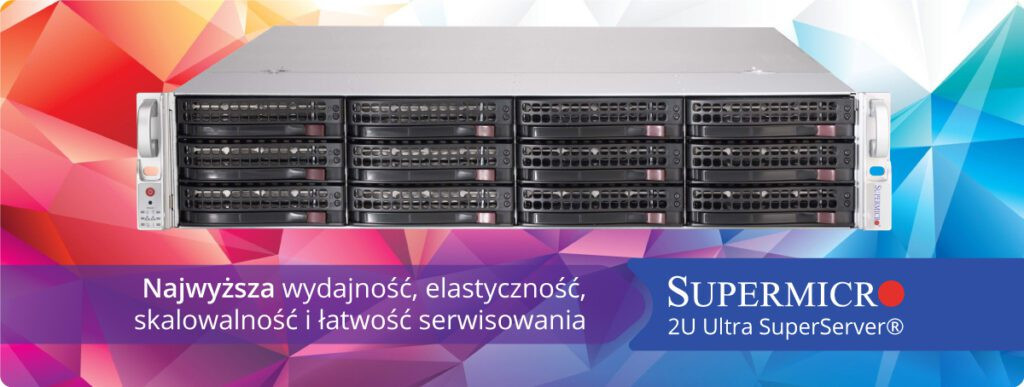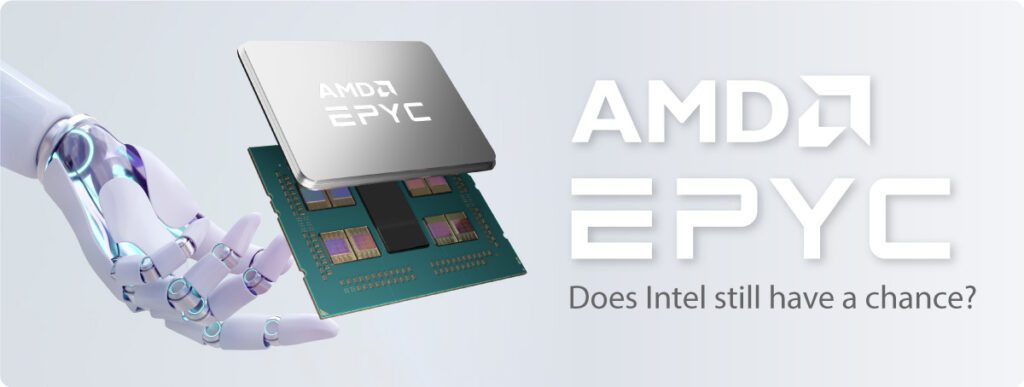NVIDIA, a leading graphics processing unit (GPU) manufacturer, has unveiled the NVIDIA h100, a revolutionary GPU gas...
Latest posts
-
 Servers and Data Centers05/15/2024
Servers and Data Centers05/15/2024Data centers and servers are the backbone of today's digital world. They store, process and transmit huge amounts of...
-
 Post-lease IT equipment - Is it worth it?05/15/2024
Post-lease IT equipment - Is it worth it?05/15/2024As companies and individuals are constantly upgrading their IT equipment, the need to properly dispose of or reuse...
-
 ITAD and E-Waste Recycling, What are the differences?05/15/2024
ITAD and E-Waste Recycling, What are the differences?05/15/2024Electronic devices, for example smartphones, laptops, televisions, household appliances, are an integral part of our...
-
 Your data, your customers data in the wrong hands?05/15/2024
Your data, your customers data in the wrong hands?05/15/2024The security of personal data and its confidentiality are very important in these times. While most companies are...
-
 Network switches - What you should know05/15/2024
Network switches - What you should know05/15/2024Switches are an essential part of computer networks, providing a way of connecting devices together to allow...
-
 What is Cybersecurity?05/15/2024
What is Cybersecurity?05/15/2024The rapid pace of technological progress has brought unprecedented opportunities for innovation, communication and...
-
 Artificial intelligence - Significant help or threat?05/15/2024
Artificial intelligence - Significant help or threat?05/15/2024Artificial Intelligence (AI) is a rapidly developing technology that is changing the way we live and work. From...
-
 What is Edge Computing?05/15/2024
What is Edge Computing?05/15/2024The development of edge computing technology has revolutionized the way we think about data processing and storage....
-
 HPE FRONTIER - The world's most powerful supercomputer05/15/2024
HPE FRONTIER - The world's most powerful supercomputer05/15/2024The Hewlett Packard Enterprise (HPE) Frontier supercomputer is one of the most powerful supercomputers in the world....
-
 NVIDIA H100 - Revolutionary graphics accelerator for high-performance computing05/15/2024
NVIDIA H100 - Revolutionary graphics accelerator for high-performance computing05/15/2024NVIDIA, a leading graphics processing unit (GPU) manufacturer, has unveiled the NVIDIA h100, a revolutionary GPU gas...
-
 Servers and Data Centers05/15/2024
Servers and Data Centers05/15/2024Data centers and servers are the backbone of today's digital world. They store, process and transmit huge amounts of...
-
 Post-lease IT equipment - Is it worth it?05/15/2024
Post-lease IT equipment - Is it worth it?05/15/2024As companies and individuals are constantly upgrading their IT equipment, the need to properly dispose of or reuse...
-
 ITAD and E-Waste Recycling, What are the differences?05/15/2024
ITAD and E-Waste Recycling, What are the differences?05/15/2024Electronic devices, for example smartphones, laptops, televisions, household appliances, are an integral part of our...
Search in blog
Programmable computer networks. Evolution of data transfer.
Computer hardware is increasingly being factory-equipped with high-speed 2.5G, 5G and even 10G network cards and wireless WiFi 5, 6 and 6E modules. Wanting to take advantage of its communication capabilities, it is necessary to prepare an appropriate infrastructure in the company. Efficient management of an extensive network is sometimes troublesome. With help comes SDN.

SDN (Software Defined Network) technology, i.e. software-controlled networks or, as they are often referred to, programmable computer networks, is the concept of LAN / WLAN network management, which consists in separating the physical network infrastructure related to data transmission from the software layer that controls its operation. Thanks to this, there is the option of centrally managing the network without considering its physical structure. In other words, the administrator can control many elements of the infrastructure, such as routers, access points, switches, firewalls, as if it were one device. Data transmission is controlled at the level of the global corporate network, not related to individual devices. The OpenFlow protocol is most often, but not always, used to control such a network. The concept of SDN was created to solve problems with the configuration of a large number of network devices. The static architecture of traditional networks is decentralized and complex, while at present, in the era of virtualization and cloud systems, a company network is required to be much more flexible and easily solve emerging problems. SDN centralizes „network intelligence” in one element, separating the forwarding of network packets (data plane) from the routing process (control plane). The control plane consists of one or more controllers – this can be considered the brain of the SDN network, where all intelligence is concentrated.

In SDN solutions, network administrators gain full insight into its topology at any time, which allows for better and automatic allocation of network traffic, especially during periods of increased data transmission. SDNs help reduce operational costs and capital expenditure.
Related posts
-
 Artificial intelligence in cloud computing
Posted in: Default category05/15/2024Artificial Intelligence has become one of the hottest topics in the IT world in the last few years.Read more
Artificial intelligence in cloud computing
Posted in: Default category05/15/2024Artificial Intelligence has become one of the hottest topics in the IT world in the last few years.Read more -
 Supermicro Ultra SuperServer
Posted in: Default category05/15/2024Supermicro Ultra SuperServer® is Supermicro's 11th-generation, high-performance general-purpose server. Ultra is...Read more
Supermicro Ultra SuperServer
Posted in: Default category05/15/2024Supermicro Ultra SuperServer® is Supermicro's 11th-generation, high-performance general-purpose server. Ultra is...Read more -
 Starlink – an overview of SpaceX's satellite internet services
Posted in: Default category05/15/2024In recent years SpaceX, the rocket company founded by billionaire entrepreneur Elon Musk, has hit the headlines with...Read more
Starlink – an overview of SpaceX's satellite internet services
Posted in: Default category05/15/2024In recent years SpaceX, the rocket company founded by billionaire entrepreneur Elon Musk, has hit the headlines with...Read more -
 AMD EPYC - Does Intel still have a chance?
Posted in: Default category05/15/2024The AMD EPYC 7643 from the Milan family was noticed in the Geekbench benchmark database.Read more
AMD EPYC - Does Intel still have a chance?
Posted in: Default category05/15/2024The AMD EPYC 7643 from the Milan family was noticed in the Geekbench benchmark database.Read more -
 Used mining GPU. Avoid like the fire?
Posted in: Default category05/15/2024Usually, you may want to avoid graphics cards that have been used around the clock to mine cryptocurrency.Read more
Used mining GPU. Avoid like the fire?
Posted in: Default category05/15/2024Usually, you may want to avoid graphics cards that have been used around the clock to mine cryptocurrency.Read more -
 Artificial intelligence in cloud computing
Posted in: Default category05/15/2024Artificial Intelligence has become one of the hottest topics in the IT world in the last few years.Read more
Artificial intelligence in cloud computing
Posted in: Default category05/15/2024Artificial Intelligence has become one of the hottest topics in the IT world in the last few years.Read more -
 Supermicro Ultra SuperServer
Posted in: Default category05/15/2024Supermicro Ultra SuperServer® is Supermicro's 11th-generation, high-performance general-purpose server. Ultra is...Read more
Supermicro Ultra SuperServer
Posted in: Default category05/15/2024Supermicro Ultra SuperServer® is Supermicro's 11th-generation, high-performance general-purpose server. Ultra is...Read more -
 Starlink – an overview of SpaceX's satellite internet services
Posted in: Default category05/15/2024In recent years SpaceX, the rocket company founded by billionaire entrepreneur Elon Musk, has hit the headlines with...Read more
Starlink – an overview of SpaceX's satellite internet services
Posted in: Default category05/15/2024In recent years SpaceX, the rocket company founded by billionaire entrepreneur Elon Musk, has hit the headlines with...Read more -
 AMD EPYC - Does Intel still have a chance?
Posted in: Default category05/15/2024The AMD EPYC 7643 from the Milan family was noticed in the Geekbench benchmark database.Read more
AMD EPYC - Does Intel still have a chance?
Posted in: Default category05/15/2024The AMD EPYC 7643 from the Milan family was noticed in the Geekbench benchmark database.Read more -
 Used mining GPU. Avoid like the fire?
Posted in: Default category05/15/2024Usually, you may want to avoid graphics cards that have been used around the clock to mine cryptocurrency.Read more
Used mining GPU. Avoid like the fire?
Posted in: Default category05/15/2024Usually, you may want to avoid graphics cards that have been used around the clock to mine cryptocurrency.Read more -
 Artificial intelligence in cloud computing
Posted in: Default category05/15/2024Artificial Intelligence has become one of the hottest topics in the IT world in the last few years.Read more
Artificial intelligence in cloud computing
Posted in: Default category05/15/2024Artificial Intelligence has become one of the hottest topics in the IT world in the last few years.Read more
